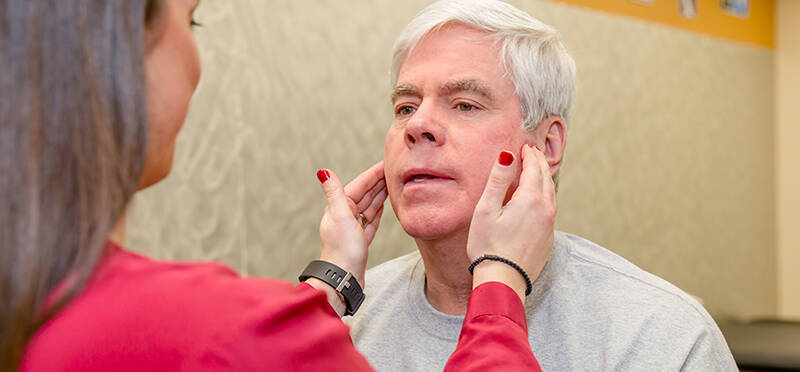Dry Needling For Jaw Pain And TMD
Posted on June 14, 2024 by Tara Hackney, PT, DPT, OCS, KTTP
The temporomandibular joint (TMJ) is the joint where your jaw attaches to the temple of the skull. It is a...
(more…)






